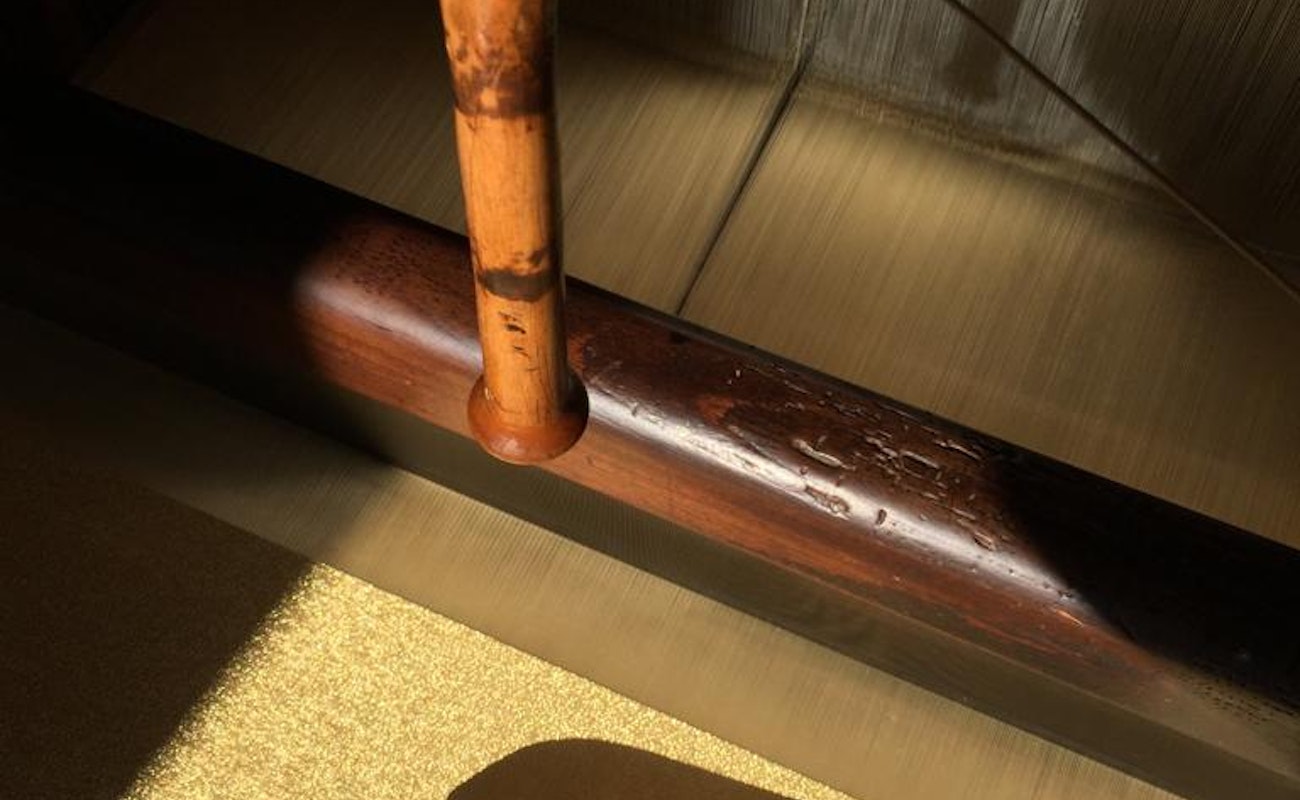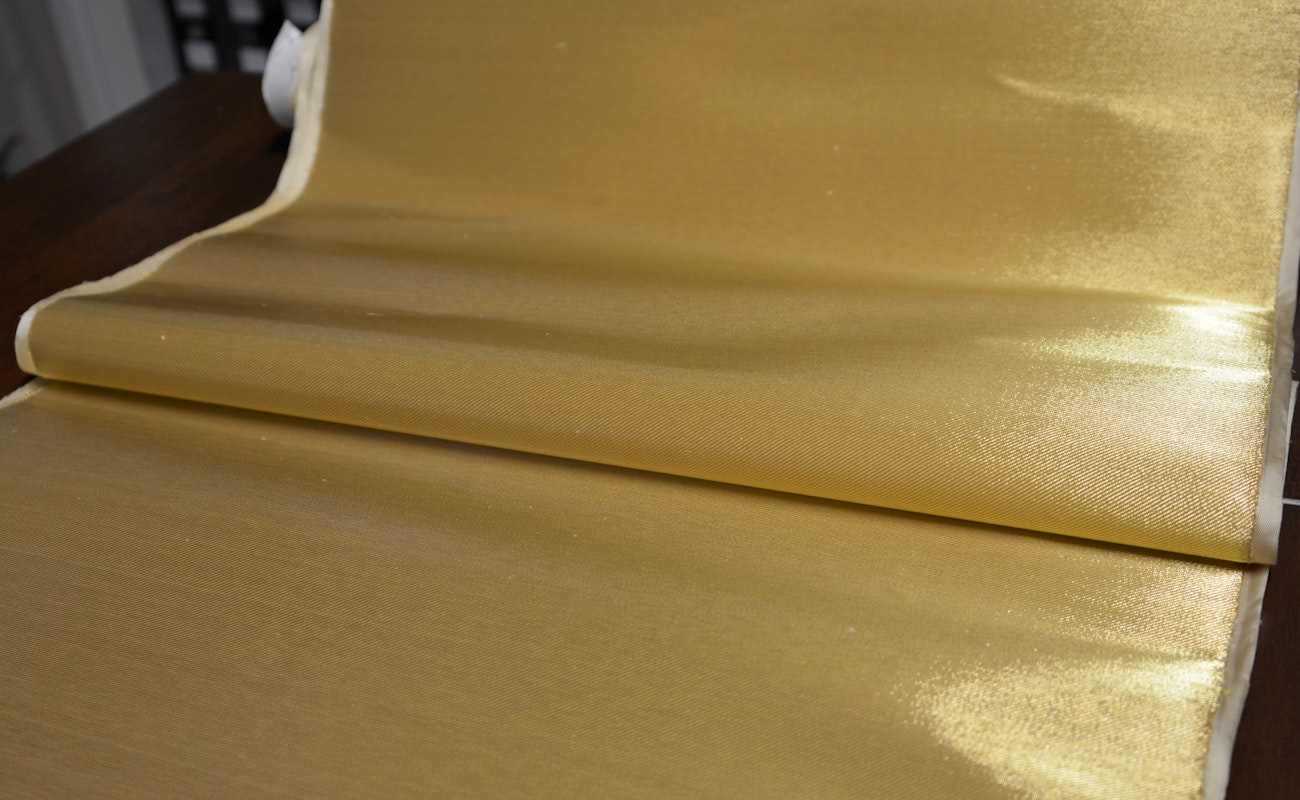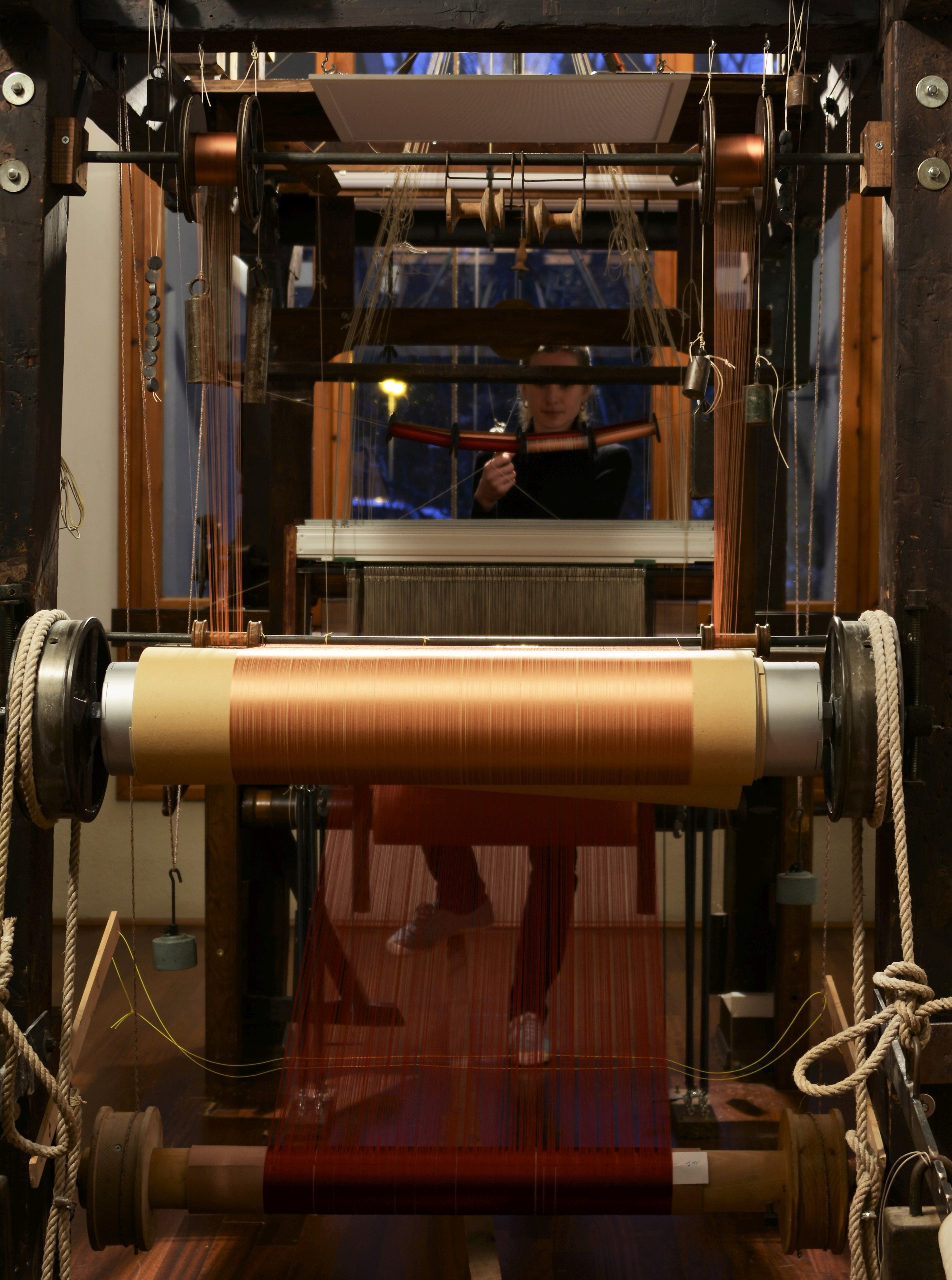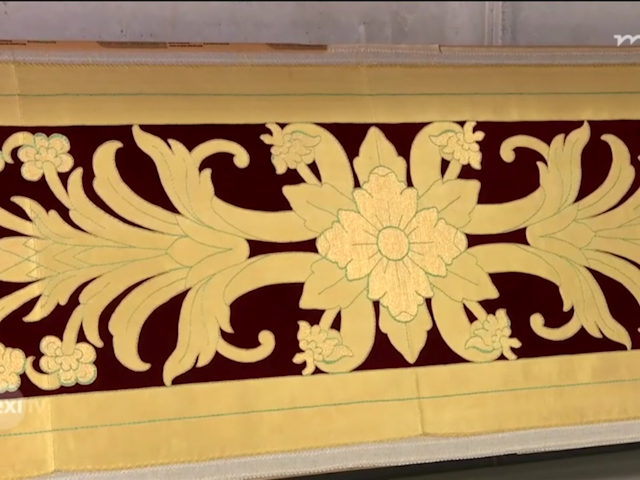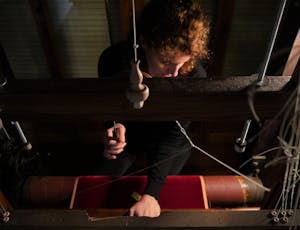
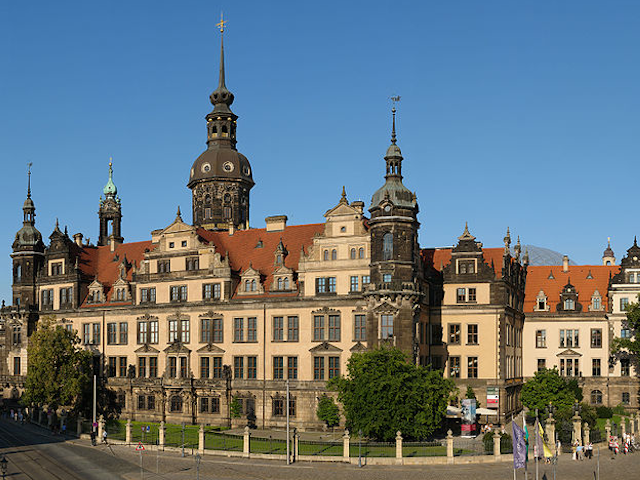
The Royal Residence
The Castle (Dresdner Residenzschloss), in the historic centre of Dresden (capital of Saxony in Germany) was built between the 16th and the 19th century and almost totally destroyed in 1945 during World War II. The Palace had been the permanent residence of the rulers of Saxony since 1485.
Since the 1990s, the entire complex has been the object of step-by-step reconstruction, the aim of which has been to transform it into a museum centre. Today, the complex is the focal point of Dresden’s art collections (Staatliche Kunstsammlungen Dresden).
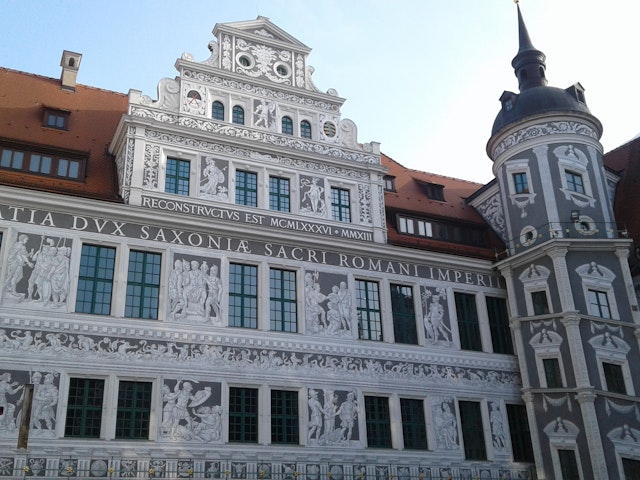
The Textile Reconstruction Project
Depuis la sale des gardes jusq'à la chambre à coucher tous les appartments doivent etre plus propres, plus riches, et plus magnifiques...
The eight ceremonial rooms of the royal apartment on the second floor of the west wing of the Castle are the objects of the reconstruction, the goal of which is to preserve their great artistic-architectural value and make them over into an exhibition space devoted to the era of Augustus.
The current arrangement of the rooms dates to 1717-1718; their construction was ordered by Prince-Elector of Saxony Augustus the Strong on occasion of the celebrations for his son’s wedding in 1719.
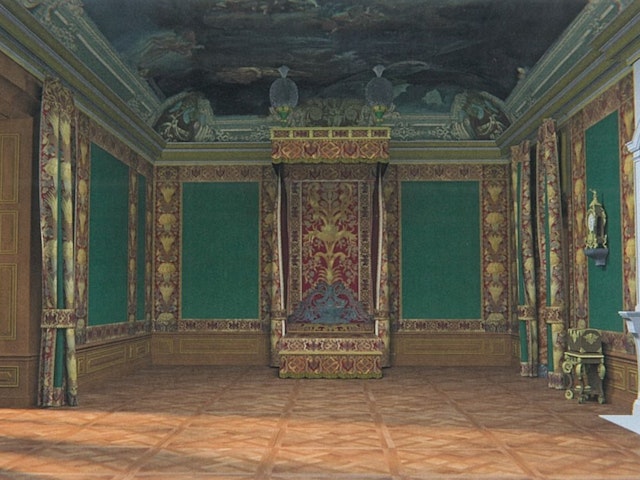
The ceremonial apartment of Augustus the Strong was designed as a suite of state rooms for official audiences and receptions by Matthäus Daniel Pöppelmann and Raymond Leplat and all the rooms were sumptuously finished and furnished.
The textile reconstructions concern the wall coverings in hand-woven solid-colour silk velvet in the colours crimson and green and the ceremonial canopy bed, in Imperial style, with parts in solid-colour crimson silk cut velvet and others in embroidered golden ‘teletta’ fabric.
Worthy of particular mention, among many other items, are the finely-decorated wall coverings and the precious draperies, as are the two notable ceiling frescoes in the audience hall and in the bedchamber.
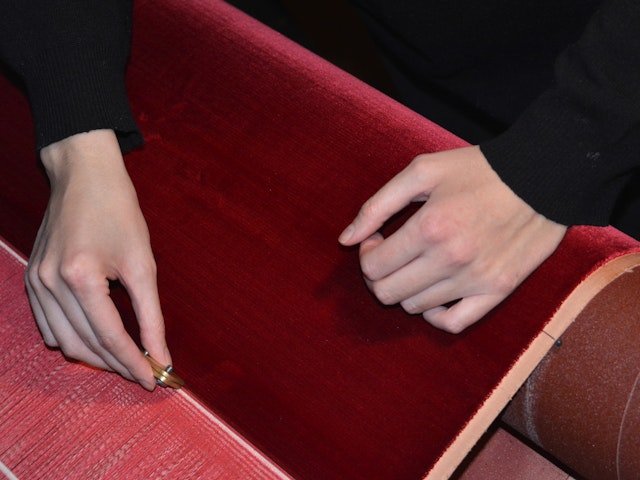
The hand-woven Fondazione Lisio fabrics for the two state rooms
Fondazione Arte della Seta Lisio boasts years of experience in meticulous reconstruction of hand-woven silk fabrics, an activity begun in the very early 20th century by the manufactory’s founder Giuseppe Lisio.
In 2016, Fondazione Lisio was selected to engage in the textile reconstruction of two rooms:
- for the First Antechamber, manufacture of more than 400 metres of solid-colour cut velvet in crimson-coloured natural silk for the wall coverings and draperies;
- in the Royal Bedchamber, for the entire canopy bed in Imperial style, production of 100 metres ca. of two types of hand-woven drap d’or (‘teletta’) in filé gold and natural silk and in frisé gold and natural silk. identical to the 18th-century originals.
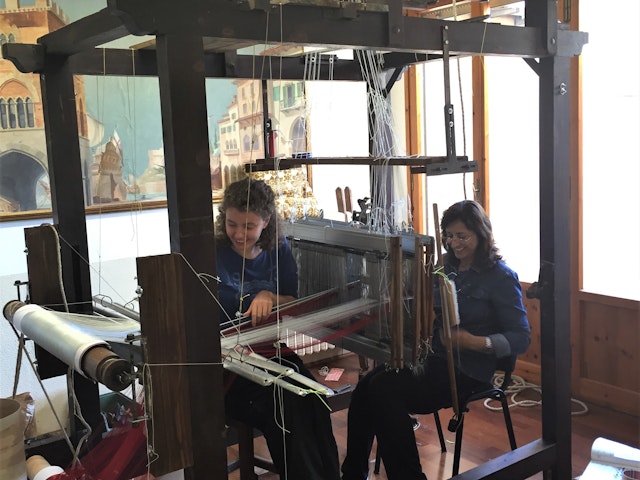
Three new hand-operated looms were prepared for the project: one for the two telette and two looms for the velvet.
Each loom required five to six months for assembly and preparation and an additional three-four months for weaving trials and ‘fine tuning’ prior to start of production.
Study of the techniques and selection of the threads used in the wefts and warps – two types of gold and various types of natural silk – were complex stages in the work.
Another extremely delicate operation was accurate reproduction of the colours of the threads, which were dyed in accordance with the criteria that govern all historic reconstructions: insofar as possible, to achieve results that approach the parameters of the original.
